AMD's Super Resolution patent details a potential DLSS-beater | PC Gamer - breesewiliturkered80
AMD's Super Resolution patent details a possible DLSS-beater
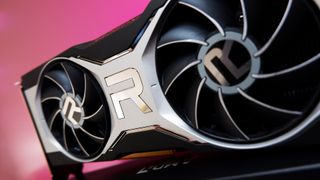
AMD's Gaming Comprehensive Resolution patent answers a stack of questions we had about the red team's forthcoming FidelityFX Super Resolution (FSR)… and actually gives U.S. a whole charge more to take. Whenever AMD is ready to speak up about its potential resolution to DLSS, that is.
We've been pouring over the patent filing published today (via Videocardz), though it was in reality originally filed back in November 2019. From what we tail end discern from the patentese mouth off, and from an often confounded back and forth between Jacob and I, this implementation of AMD's Super Resolution feature should be platform agnostic, could process whatsoever game, and doesn't needs need to keep going a specific GPU.
If that is indeed how AMD's DLSS-a-like feature works, then it will have a far many all-encompassing-ranging remit than Nvidia's many restrictive technology. Though by existence trained on a per-game basis, rather than a "wholly well-educated surround", DLSS could end up organism more veracious in games IT's specifically coded for. Hitherto this patent suggests its approach might lead to AMD's version being kind of impressive in his own right.
The more we hear about AMD's FSR, the more IT sounds the likes of the super-sampling eq of the FreeSync vs. G-Sync battle. AMD's tech is more open, and works pretty darned well, while Nvidia's is a closed design, but potentially that little bit more than effective.
Ultimately, if AMD FSR is good enough, and so information technology will be a out-of-the-way much useful, and more widely old technology. And that's pretty exciting.
Anyways, back to the specifics of this obvious filing. What on the face of it differentiates FSR from DLSS is in the way it uses multiple up-scaling networks, both linear and non-linear, to attempt to maintain important visual information from the original image when it blows it raised. But also in that it aims to "efficiently super resolve images in a convolutional and generalizable manner." To US that seems to skilled non having to coach a nervous web on a specific game before it can be used.
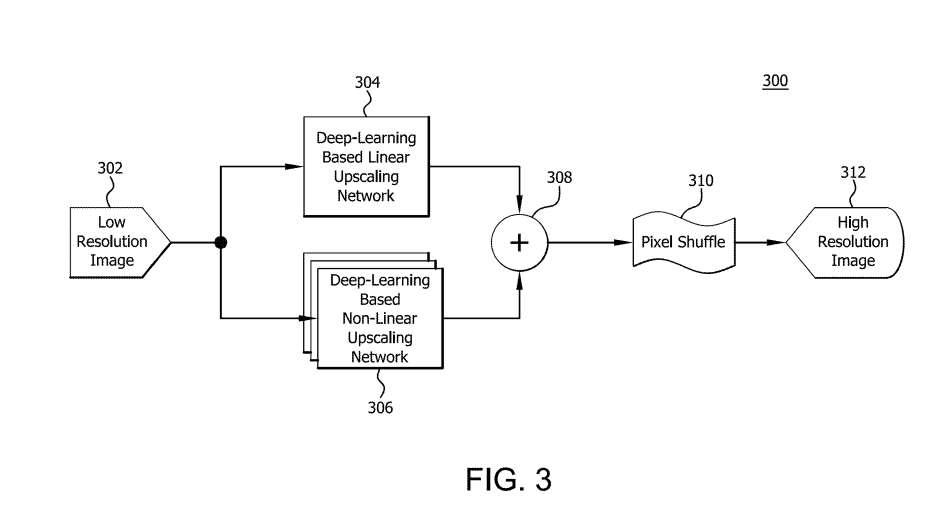
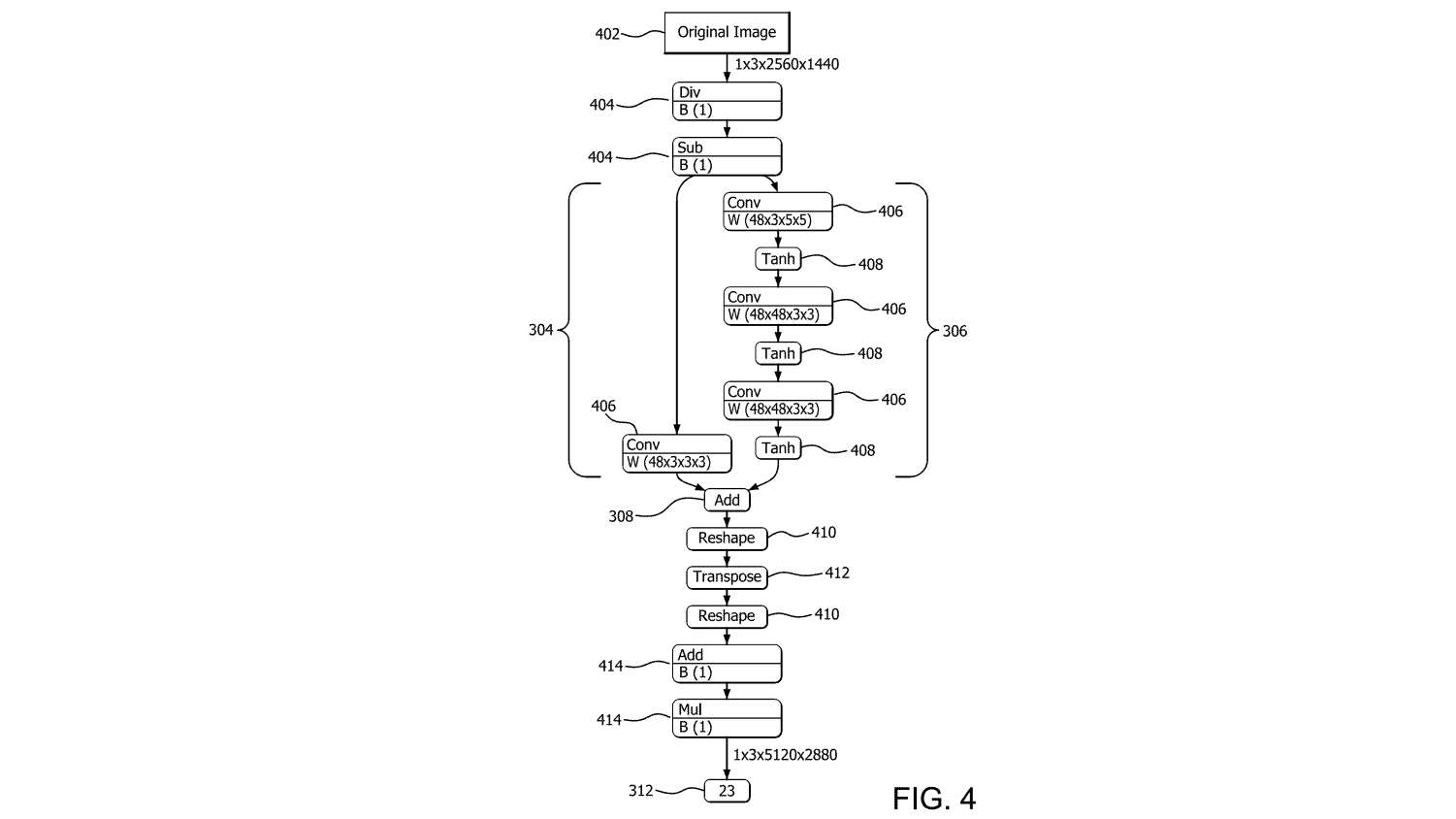
The patent details the basic flow of this Gaming Topnotch Resolution as taking a low resolution image (which toilet be rendered quick by the hardware in dispute) and then uses two low-learning networks, extraordinary linear and one non-linear, to down-try it into duplex different images. These differently down-sampled images give up FSR to draw a pack of different features—for example colours, objects, and curves—from a humble-res starting point and then use that to create a more detailed, accurate high-resolution delineation at the end.
"The combination of the linear and non-linear upscaling," says the patent, "facilitates some the preservation of color and larger scale features (capacious objects and shapes that are more easily perceived past the human eye) of the image from linear upscaling A well as the preservation of better features (e.g., curved features and features that are not easily perceived in crushed resolution) of the figure from non-linear upscaling.
"Linear operations utilize entirely input data, while not-rectilineal operations use both input data and other data (i.e., non-input data) to augment the input file. Non-linear functions ease accurately determining complex features (e.g., curves) of an double more efficiently than non-linear functions (e.g., convolution operations)."
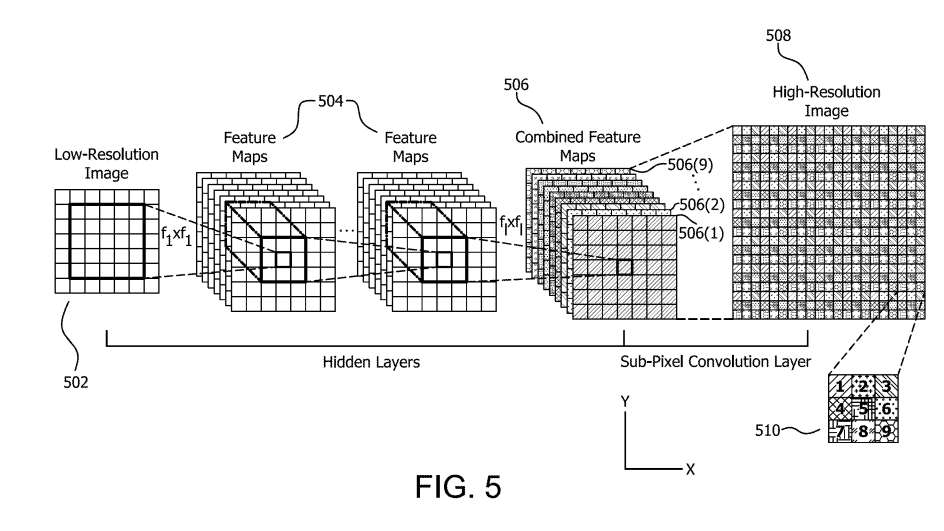
The five-fold down-sampled images are then pulled unneurotic to make over the pixels of the high-res visualize using a further 'pel scuffle' degree. This involves using multiple reversed images to create nine-by-club blocks of pixels, per low-res pixel, using eight shifted images, and one non-shifted image of the behind-sampled pictures.
After this pixel shuffle process few more clean-up operations are performed before a final senior high-res persona is created.
Seems like a lot to do for each frame, but then it always seems like that when you look at what we're expecting a graphics identity card to do when we throw games at them.
That's just the easy work, but the patent details the fact the super resolution lineament can use any Oregon altogether of these elements, in any combination. That might suggest that when victimized on different types of devices it is able to adapt to the hardware on pop the question. IT is claimed that it can be used on "a estimator, a gaming gimmick, a handheld gimmick, a set-top box, a television, a mechanized phone, or a tablet computer."
And that IT also doesn't necessarily call for to represent keep going a GPU, although that does afford information technology the parallelism needed to bash the linear and non-lengthways portions simultaneously. "When hardware does non support the processing in collateral," reads the patent, "the simple upscaling processing and the non-linear upscaling processing are not performed in parallel."
IT even states that super resolution could be run in software, though inevitably that would be far, far slower, and would likely neutralize the benefits.
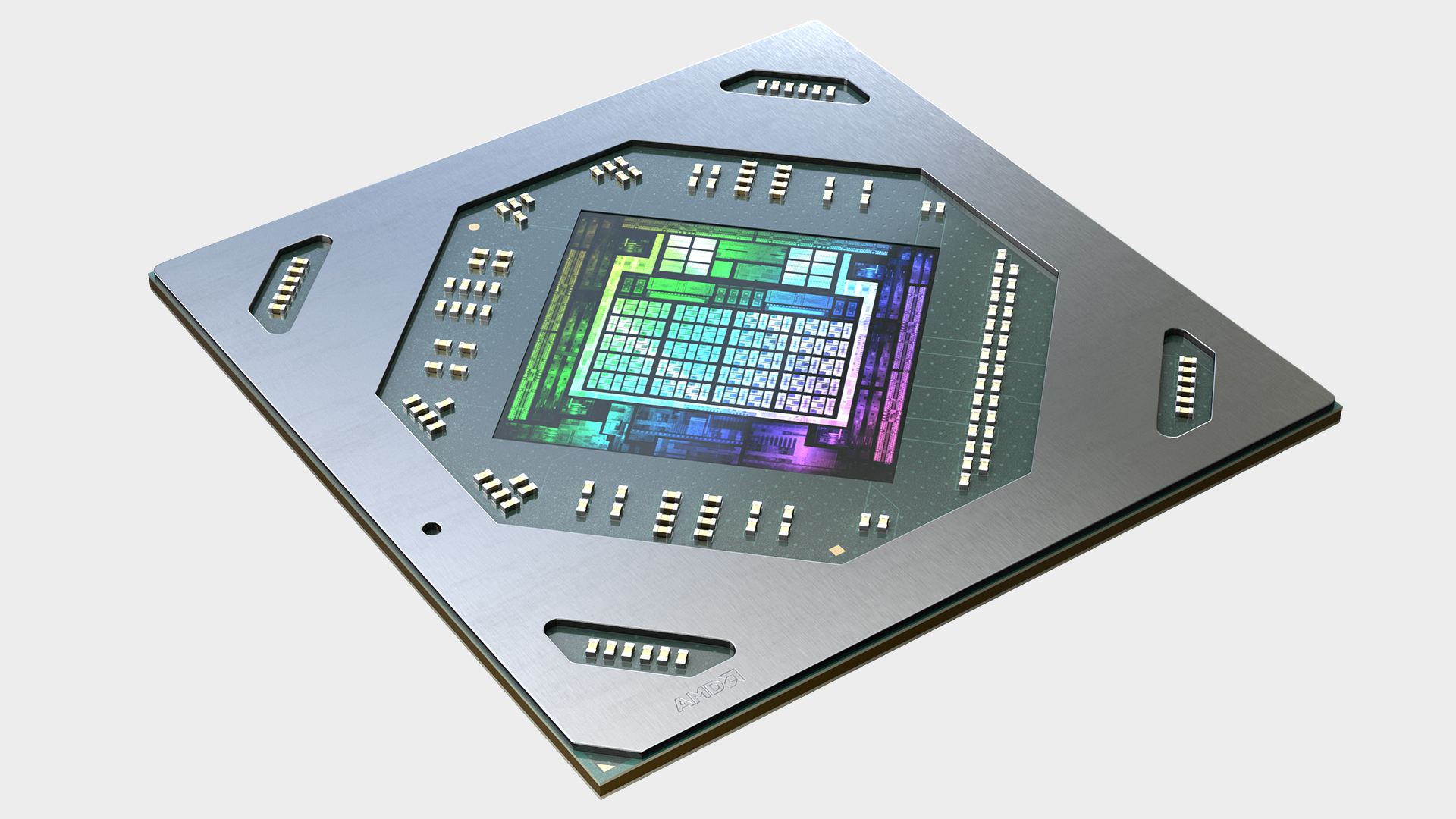
Unruffled, it sounds instead exciting, especially if it can really keep going, well, anything. If it can run effectively on gray-headed art cards, or even, potentially, an Nvidia GPU IT could be an incredibly powerful tool. That bequeath, yet, depend on how exactly FSR is enabled.
If it's a switch in the Adrenaline driver along Microcomputer, that makes IT tough to run into how information technology would e'er be enabled by Nvidia, though there's a chance it could personify baked into games, or game engines, same some of AMD's current FidelityFX features.
Perhaps IT could beryllium some. It's possible there could be a game-agnostic version that lives in the AMD graphics driver, and another that is enabled on a pun-by-game basis.
As I said ab initio of this patent screed, this issue leaves a whole load more questions to find answers to. Fingers crossed we'll find out more soon—Computex is forthcoming at the start of next month, with a Dr. Su keynote, and virtual E3 is following close behind. If the June rumours for a FidelityFX Big Settlement release concern pass off, those are the two best bets for an debut.
Source: https://www.pcgamer.com/amd-gaming-super-resolution-patent/
Posted by: breesewiliturkered80.blogspot.com



0 Response to "AMD's Super Resolution patent details a potential DLSS-beater | PC Gamer - breesewiliturkered80"
Post a Comment